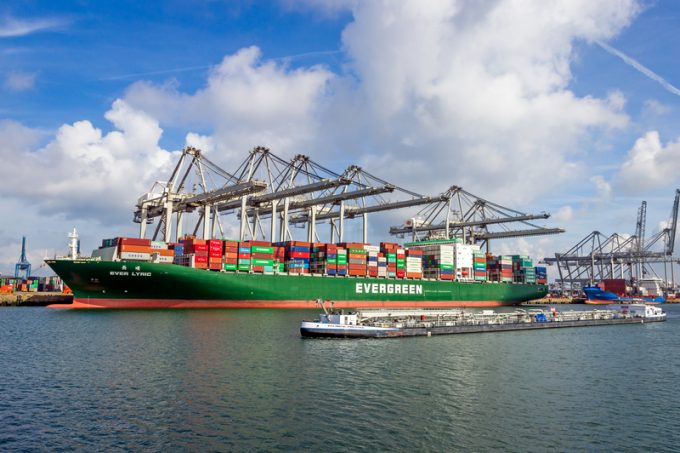DP World to invest $800m in Syria's Tartus port with 30-year BOT deal
DP World has confirmed its entrance into the Syrian market, yesterday signing a 30-year concession ...

This week the Ship It Zero campaign berated retail giant Walmart for its failure to join in with emissions abatement measures that would ultimately reduce the company’s climate footprint.
Ship It Zero is a campaign launched by US west coast environmental organisations Stand.earth and Pacific Environment. ...

Comment on this article